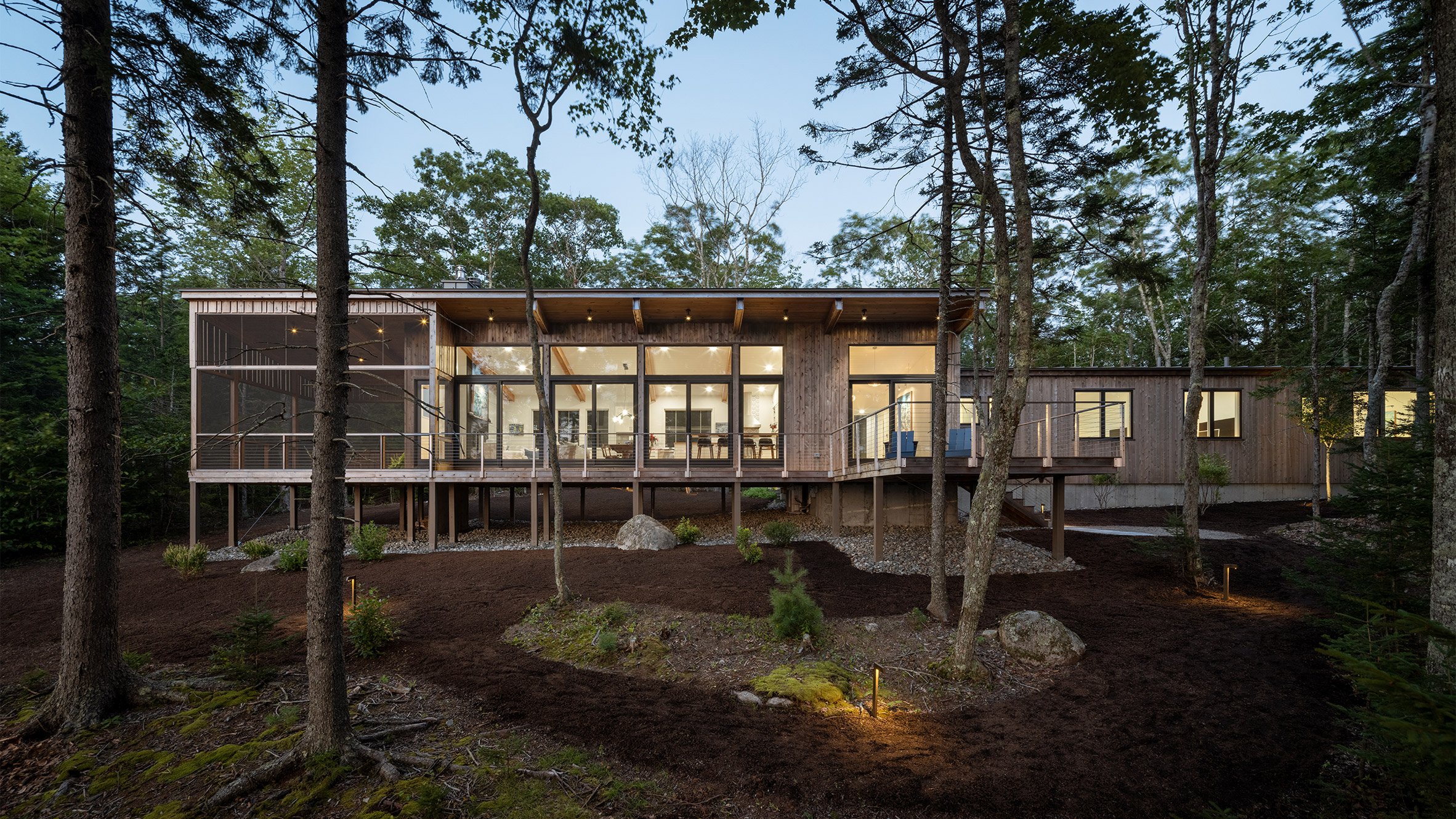Maine, known for its rugged coastline, picturesque landscapes, and vibrant communities, boasts a rich architectural heritage that reflects its diverse history and cultural influences. From historic buildings steeped in colonial charm to contemporary designs that embrace sustainable practices, Maine architects have made significant contributions to the state’s built environment.
Colonial Roots and Early Architecture
Maine’s architectural journey begins with its colonial past, where early settlers from Europe brought with them architectural styles that evolved over time. The state’s oldest surviving buildings, such as the Tate House in Portland, exemplify the simplicity and functionality of colonial architecture. Built in 1755, the Tate House is a classic example of Georgian architecture, characterized by its symmetrical shape, red-brick facade, and restrained ornamentation.
Maritime Influence and Coastal Retreats
As a coastal state, Maine’s architecture is heavily influenced by its maritime heritage. From the grand summer cottages of Mount Desert Island, such as the iconic Bar Harbor Club, to the shingle-style homes that dot the rocky shores of Camden, architects in Maine have creatively blended functionality with aesthetic appeal. Shingle-style architecture, popularized in the late 19th century, emphasizes a seamless connection with the natural environment, featuring expansive porches, asymmetrical facades, and the use of local materials like cedar shingles.
Modern Innovations and Sustainable Design
In the 20th and 21st centuries, Maine architects have embraced modernist principles while incorporating sustainable design practices. Architects like John Calvin Stevens, known for his work in Portland, introduced the Beaux-Arts style to Maine, influencing public buildings and private residences alike. Today, firms such as Scott Simons Architects in Portland and Kaplan Thompson Architects in Brunswick are at the forefront of sustainable design, integrating energy-efficient technologies, passive solar design, and locally sourced materials into their projects.
Preservation and Adaptive Reuse
Preserving Maine’s architectural heritage is a priority for many architects and preservationists in the state. Organizations like Maine Preservation work to protect historic buildings and advocate for adaptive reuse projects that give new life to old structures. The transformation of former mills into mixed-use developments in cities like Biddeford and Lewiston showcases how adaptive reuse can revitalize communities while preserving their unique architectural character.
Contemporary Trends and Future Directions
Looking forward, Maine architects are exploring new trends and technologies that respond to the state’s evolving needs and challenges. With a growing emphasis on resilience and climate adaptation, architects are designing buildings that can withstand severe weather events while reducing their carbon footprint. The use of timber construction, green roofs, and net-zero energy buildings are becoming more prevalent, reflecting Maine’s commitment to environmental stewardship.
